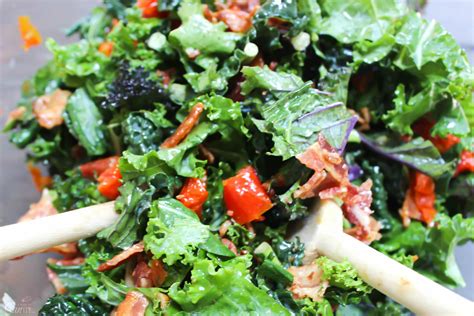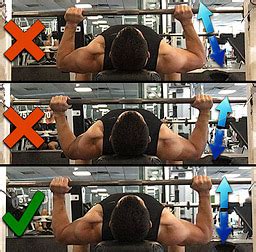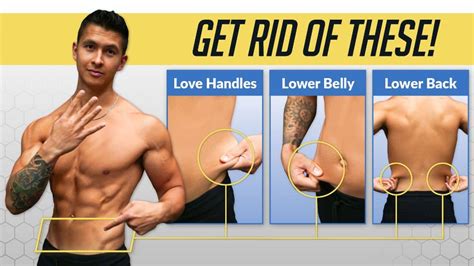Understanding Low Testosterone and Its Impact on Your Fitness
Testosterone, often associated primarily with male sex drive, is a crucial hormone that plays a much broader role in the body. It influences muscle mass, bone density, fat distribution, red blood cell production, and even mood and energy levels. For individuals engaged in fitness, optimal testosterone levels are paramount for achieving performance goals, facilitating recovery, and maintaining motivation.
When testosterone levels dip below the healthy range – a condition known as low T or hypogonadism – the impact on your fitness journey can be significant. You might experience reduced energy, persistent fatigue, difficulty building or maintaining muscle mass despite consistent effort, and a slower recovery time after workouts. Furthermore, low T can lead to increased body fat, particularly around the midsection, and a general decline in physical and mental vitality.

Recognizing the Signs: Is Low T Holding You Back?
Beyond the gym, the symptoms of low testosterone can manifest in various ways, often subtly at first. On the fitness front, you might notice a plateau in your strength gains, a lack of endurance, or simply feeling ‘off’ during your workouts. Daily life might bring a noticeable drop in overall energy, a diminished sense of well-being, and even mood fluctuations like increased irritability or sadness.
Other common indicators include a decrease in libido, difficulty concentrating, and disrupted sleep patterns. If you’re consistently pushing yourself in your workouts but seeing diminishing returns, or if you’re experiencing several of these symptoms, it might be time to consider whether low T is a factor.
Natural Strategies to Optimize Your Testosterone Levels
While medical intervention is sometimes necessary, many individuals can significantly improve their testosterone levels through lifestyle modifications. These natural approaches focus on holistic well-being, addressing the root causes rather than just the symptoms.
1. Prioritize Strength Training and High-Intensity Interval Training (HIIT)
Resistance training, particularly compound movements like squats, deadlifts, bench presses, and rows, has been shown to acutely and chronically increase testosterone levels. High-intensity interval training (HIIT) also offers a potent stimulus for hormone optimization. Aim for a consistent routine that challenges your muscles, ideally 3-4 times per week, allowing for adequate recovery.
2. Fuel Your Body with a Testosterone-Boosting Diet
Nutrition plays a critical role. Focus on a balanced diet rich in whole, unprocessed foods. Ensure adequate intake of healthy fats (avocados, nuts, olive oil, fatty fish), as cholesterol is a precursor to testosterone. Protein is vital for muscle repair and growth. Limit processed foods, excessive sugars, and unhealthy trans fats, which can negatively impact hormone balance.

3. Get Sufficient, High-Quality Sleep
Sleep is a powerful restorative process, and hormone production is highly dependent on it. Studies show that even a week of sleep restriction can significantly lower testosterone levels. Aim for 7-9 hours of quality sleep per night. Establish a consistent sleep schedule, create a dark and cool sleeping environment, and limit screen time before bed to optimize your sleep hygiene.
4. Master Stress Management
Chronic stress leads to elevated cortisol levels, which can suppress testosterone production. Incorporate stress-reducing techniques into your daily routine such as meditation, deep breathing exercises, yoga, spending time in nature, or engaging in hobbies you enjoy. Finding effective ways to manage stress is crucial for maintaining hormonal equilibrium.

5. Ensure Adequate Vitamin D and Zinc Intake
Vitamin D, often called the ‘sunshine vitamin,’ is actually a pro-hormone and is strongly linked to testosterone levels. Aim for safe sun exposure or consider supplementation under medical guidance. Zinc is another vital mineral for testosterone production; good sources include red meat, shellfish, legumes, and nuts. A deficiency in either can impact your hormone health.
6. Maintain a Healthy Body Composition
Excess body fat, particularly visceral fat around the abdomen, can convert testosterone into estrogen, further exacerbating low T. By adopting a healthy diet and consistent exercise routine, aiming for a healthy body fat percentage can significantly improve your testosterone levels and overall hormonal profile.

When to Consult a Professional
While these natural strategies can be highly effective, it’s important to remember that they are not a substitute for professional medical advice. If you suspect you have low testosterone, or if your symptoms are severe and persistent despite lifestyle changes, consult a doctor. They can perform diagnostic tests, rule out other underlying conditions, and discuss the most appropriate course of action for your individual health needs.

Conclusion
Low testosterone can be a significant hurdle in your fitness journey, impacting everything from your energy and strength to your recovery and motivation. However, by adopting a holistic approach that prioritizes strength training, a nutrient-dense diet, sufficient sleep, and effective stress management, you can naturally optimize your testosterone levels. Empower yourself with these strategies to reclaim your vitality, enhance your fitness performance, and improve your overall quality of life.




